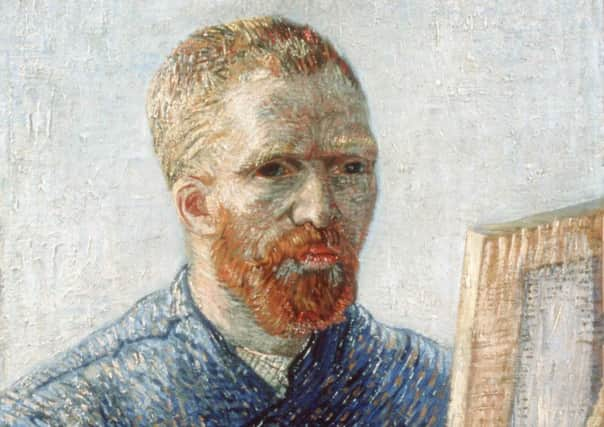Moody and neurotic? You could be a creative genius


A new theory suggests that neurotic misery and imagination go hand-in-hand.
And it could explain why so many original thinkers, such as the famously sensitive Vincent Van Gogh, suffered for their art.
Advertisement
Hide AdAdvertisement
Hide AdFilmmaker and comedian Woody Allen is another highly creative worrier, as was Sir Isaac Newton.
What these individuals have in common is a brain more sensitive to perceived threats than those of other people. And that “panic button” tendency is closely linked to an overactive, threat-generating imagination, say psychologists.
Personality expert Dr Adam Perkins, from King’s College London, said: “We’re still a long way off from fully explaining neuroticism, and we’re not offering all of the answers, but we hope that our new theory will help people make sense of their own experiences, and show that although being highly neurotic is by definition unpleasant, it also has creative benefits.
“Hopefully our theory will also stimulate new research as it provides us with a straightforward unifying framework to tie together the creative aspects of neuroticism with its emotional aspects.”
Neuroticism is one of the “big five” personality traits recognised by psychologists, along with openness, conscientiousness, extraversion, and agreeableness.
It is characterised by a long list of negative emotions, including anxiety, fear, worry, envy, frustration, jealousy and loneliness.
Support for the idea that neuroticism is associated with creativity has come from brain scan studies highlighting neural circuits that regulate self-generated thought.
Advertisement
Hide AdAdvertisement
Hide AdA “panic button” in the amygdala, a key emotional centre in the brain, is believed to switch on an inappropriate fear response after perceived threats are conjured up in the brain’s medial prefrontal cortex. “High scorers on neuroticism have a highly active imagination, which acts as a built-in threat generator,” said Dr Perkins.
The most popular explanation for why people are neurotic came from psychologist Jeffrey Gray, who proposed in the 1970s that such people have a heightened sensitivity to threat.
He reached this conclusion after observing how anti-anxiety drugs reduced the sensitivity of rodents to cues of punishment and also helped to relax and liven up psychiatric patients.
Dr Perkins said: “Gray had a useful and logical theory, but the problem is that it doesn’t account for the full spectrum of neuroticism. It’s pretty difficult to explain neuroticism in terms of magnified threat perception because high scorers often feel unhappy in situations where there is no threat at all.”
Activity in the medial prefrontal cortex not only produces fear in the neurotic, but is also a powerful creative force, say the researchers in the journal Trends in Cognitive Sciences.